Scaling up renewable energy in Iran
President Ebrahim Raeisi on Monday oversaw the signing of building 4,000 megawatt (MW) of solar projects as the largest single contract for the construction of renewable power plants in West Asia.
Once operational, the projects will raise Iran’s power generation capacity from renewable sources to more than 5,119 MW from about 870 MW at the beginning of the current administration and about 1,119 MW now.
They are part of the government’s plan to increase the renewable energy production capacity by 10,900 MW.
Under the contract, four companies will install two 1500 MW and two 500 MW solar power capacity to be connected to the national grid at the latest before the peak consumption period in the next summer.
Currently, there are 381 sites for the construction of renewable power plants with a capacity of about 11,000 megawatts. Tehran with 32%, Fars with 10% and Sistan and Baluchistan with 9% are the provinces that have the largest share in the construction of 4,000 MW of solar power plants in the country.
On Monday, President Raeisi inaugurated the 10-megawatt Saghand power plant in Yazd as part of 260 MW of new renewable capacity established under his administration.
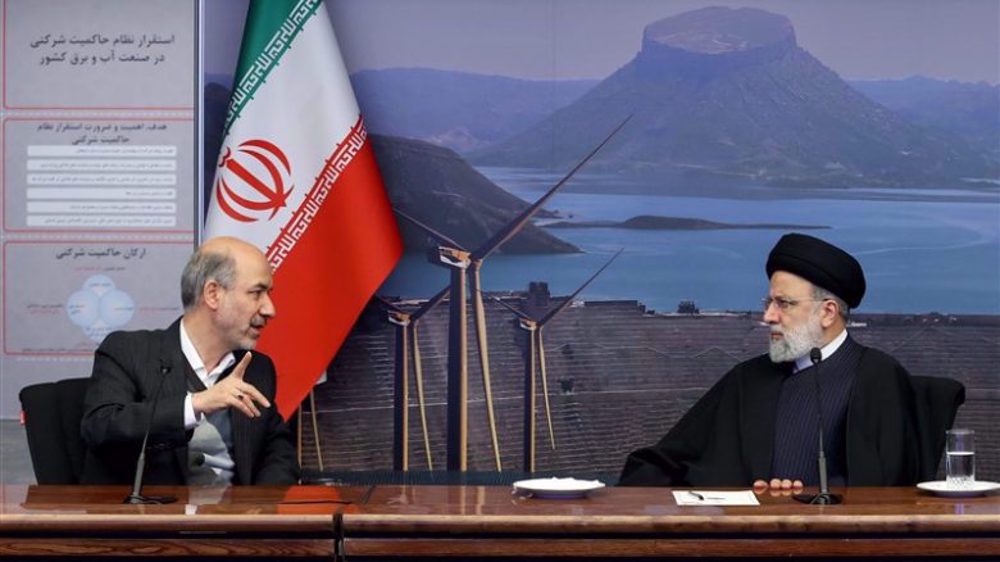
Electricity production in the world has increased with renewable energy technologies such as solar, wind, geothermal, biomass and hydroelectric power.
Due to its proximity to the equator, Iran is ideally placed to receive solar radiation. The country has an average of 1,900-2,200 kilowatt hours of solar radiation per square meter per year, and 90% of the country's area has enough sun to produce solar energy for 300 days a year. Shahdad at the edge of the Lut desert in Kerman is one of the hottest places in the world.
Sunlight and stormy winds can be seen in all Iranian cities. Studies show there is a capacity to generate more than 60,000 MW of solar and over 40,000 MW of wind power in the country.
Its relatively weak renewable profile stands at odds with the long history of such energies in the country where hydroelectric power emerged as an alternative in the 1950s.
Unlike most West Asian states, Iran is home to a vast network of rivers that allowed it to rapidly build up its hydroelectric infrastructure, but recent droughts have greatly reduced the capacity.
Currently, Iran’s energy mix is dominated by hydrocarbons where natural gas and petroleum derivatives such as gasoline and fuel oil power thermal power plants that satisfy around 98 percent of Iran’s total energy demand. The remaining two percent comes from a combination of hydropower, nuclear, biofuels and other renewable sources.
Iran holds the fourth largest oil reserves and the largest natural gas reserves in the world, and is considered an energy superpower, but its domestic consumption is disproportionately high and rising.
Much of the natural gas produced is consumed domestically where the residential and commercial sectors use it for space heating, and the industrial sector uses it for feedstock, especially in the petrochemicals industry.
The high consumption is driven by massive subsidies provided by the government which is in a race against time to catch up with the rising demand.
Demand for electricity is reportedly growing at around 6.5 percent per year which is at least 3.5 percent faster than the country’s GDP growth. Experts say this shows Iran cannot sustain the supply of hydrocarbons to generate electricity.
Iran also spends $30 billion annually to fuel its thermal power plant infrastructure, losing a notable sum each year in its sprawling transmission and distribution network.
The path to shift to renewables has not been without bumps. Before former US president Donald Trump reimposed sanctions on Iran in May 2018, the Islamic Republic expected its installed renewable capacity to grow at least sevenfold over the next five years.
The sanctions prompted European companies such as Norway’s Saga Energy, British firm Quercus, Dutch energy firm Global Renewables Investments (GRI) to cancel plans to build renewable capacities worth several billion dollars in Iran.
Due to the impact of the Western sanctions, the country has made use of its abundant human capital to develop technological capabilities in turbine, generator, and inverter production and started exporting some equipment, including to Russia.
Coupled with a 20-year-long Iranian government power purchase guarantee, this has already had the effect of occasioning significant interest among domestic companies.
Last month, head of Iran's Renewable Energy and Energy Efficiency Organization (SATBA) Mahmoud Kamani announced that the economic council of the Iranian government had approved the construction of 3,000 megawatts of wind power.
The electricity generated by the wind power plants will be purchased by the Ministry of Energy at a rate of 9.5 cents for a period of four and a half years, after which the owners of the power plants can trade it on Iran Energy Exchange (IRENEX).
VIDEO | Iran’s Eurasia Expo 2025 showcases free trade zone opportunities
VIDEO | Nigeria legislature investigates USAID for suspicions of sponsoring terrorism
VIDEO | Yemen's mysterious water well said to help cure illnesses
VIDEO | Iranian women in Sydney challenge Western narratives
Iran urges speeding up of legal processing of Israel’s genocide, war crime cases
VIDEO | Large protests held as Germany goes to polls
VIDEO | With Adnan Mansour on Lebanon, its future
VIDEO | 'Captives only released under Resistance terms'


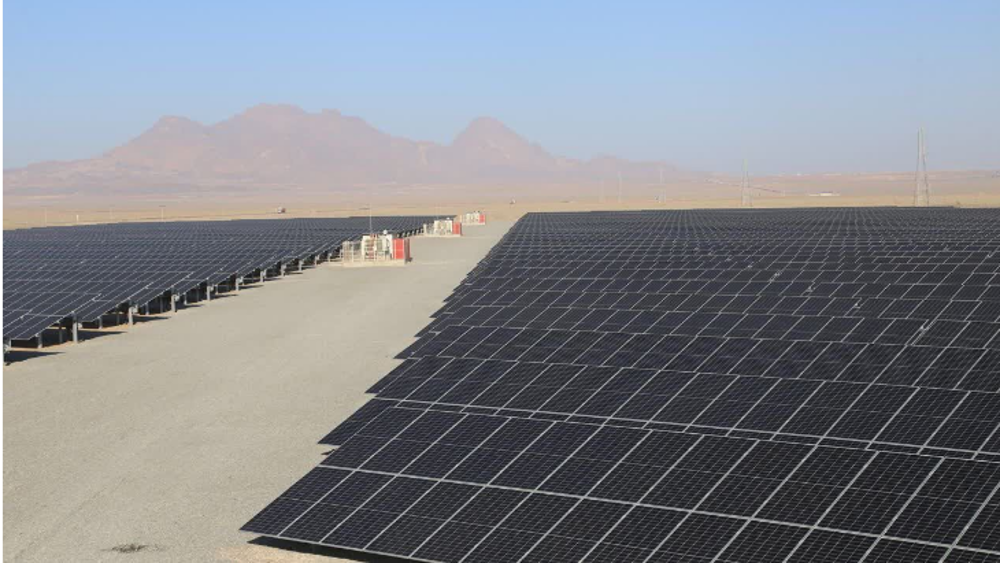
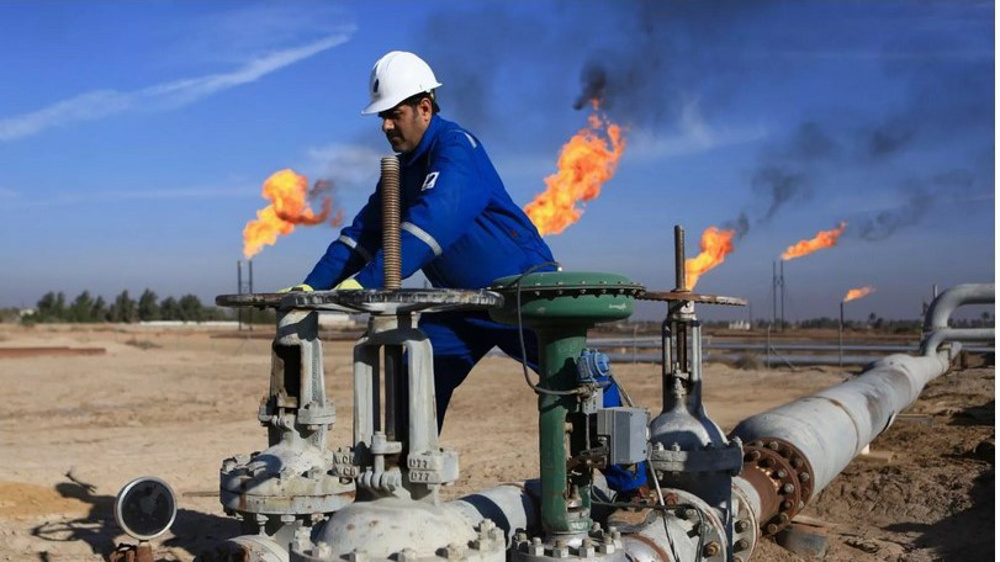
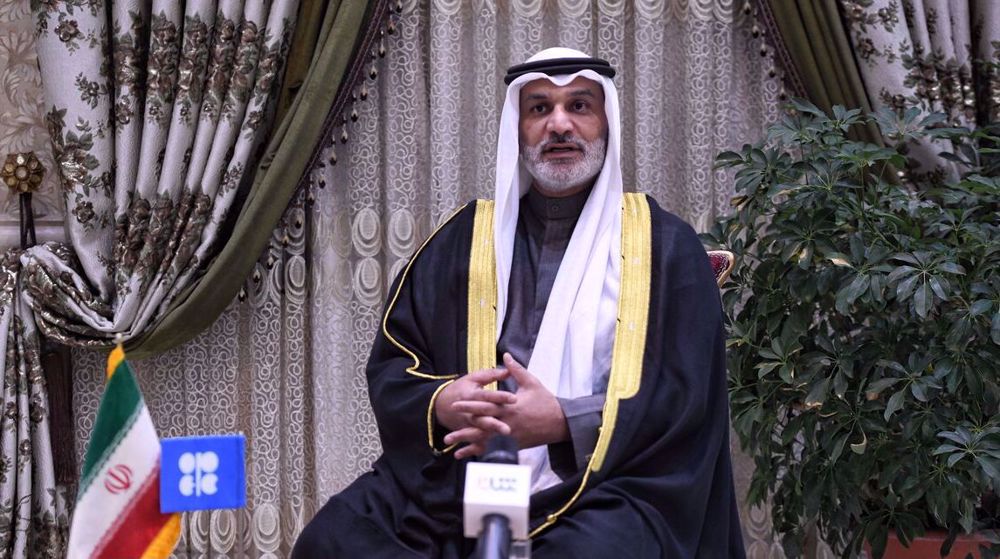
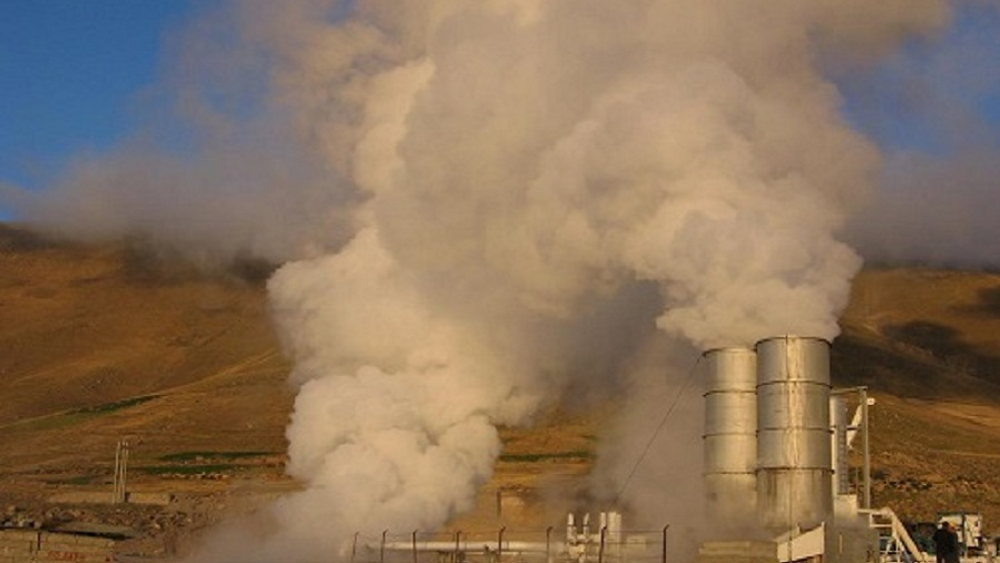




 This makes it easy to access the Press TV website
This makes it easy to access the Press TV website